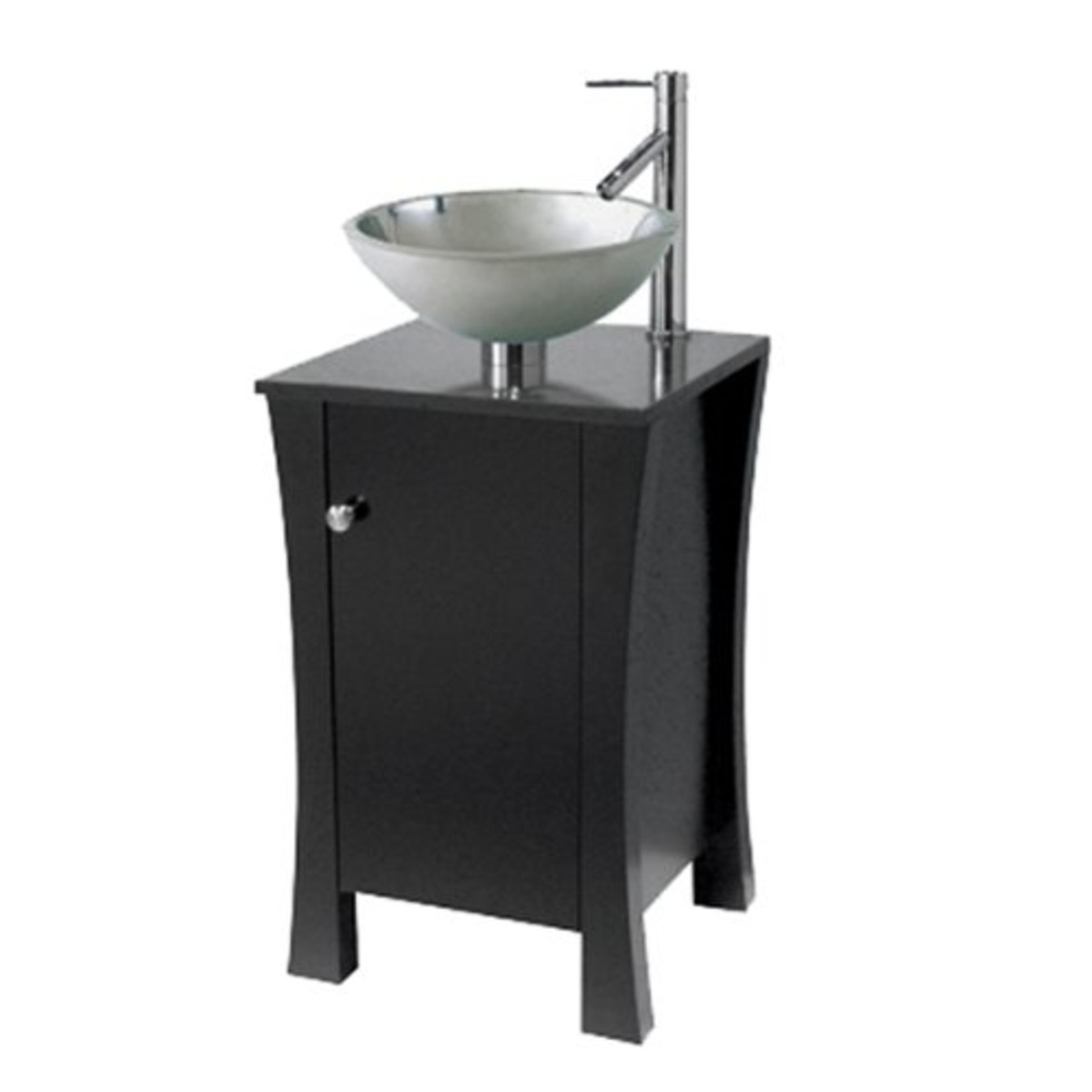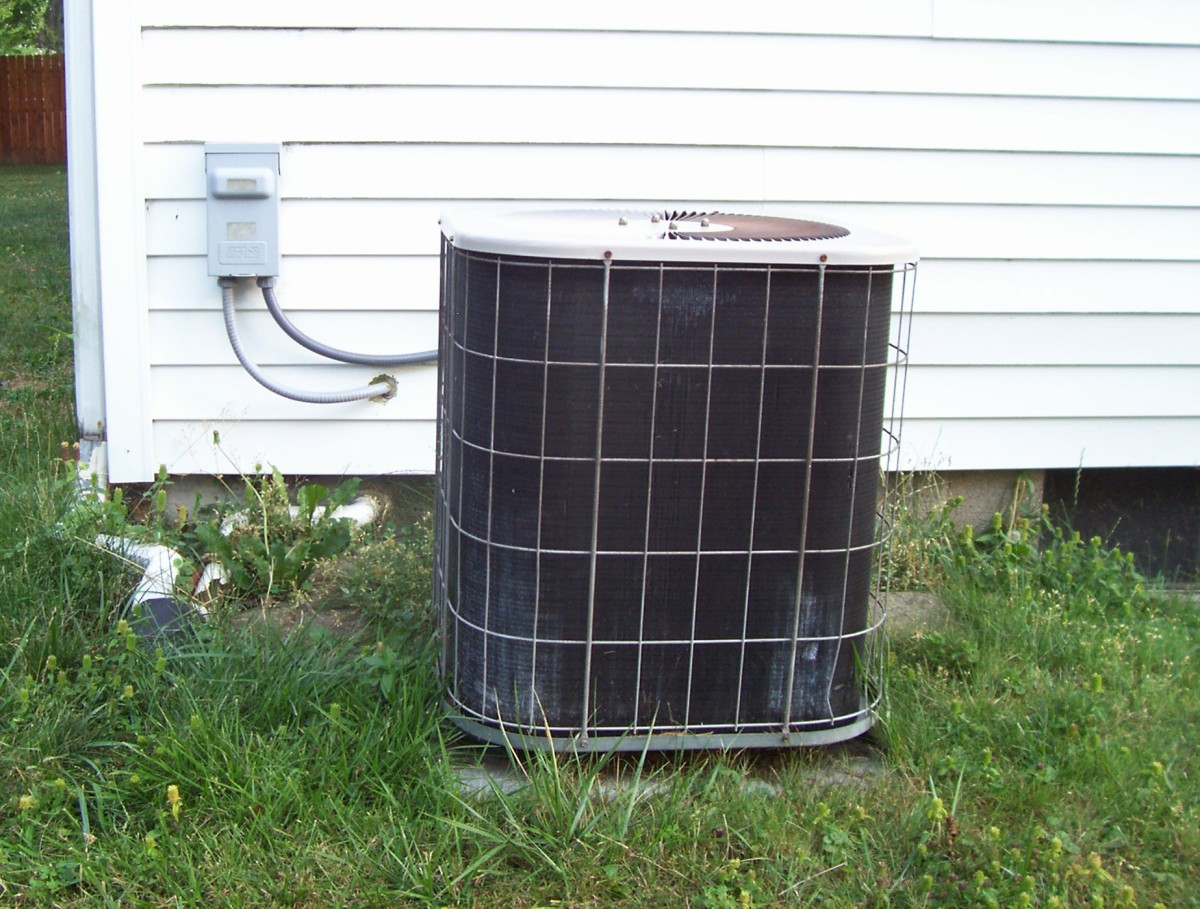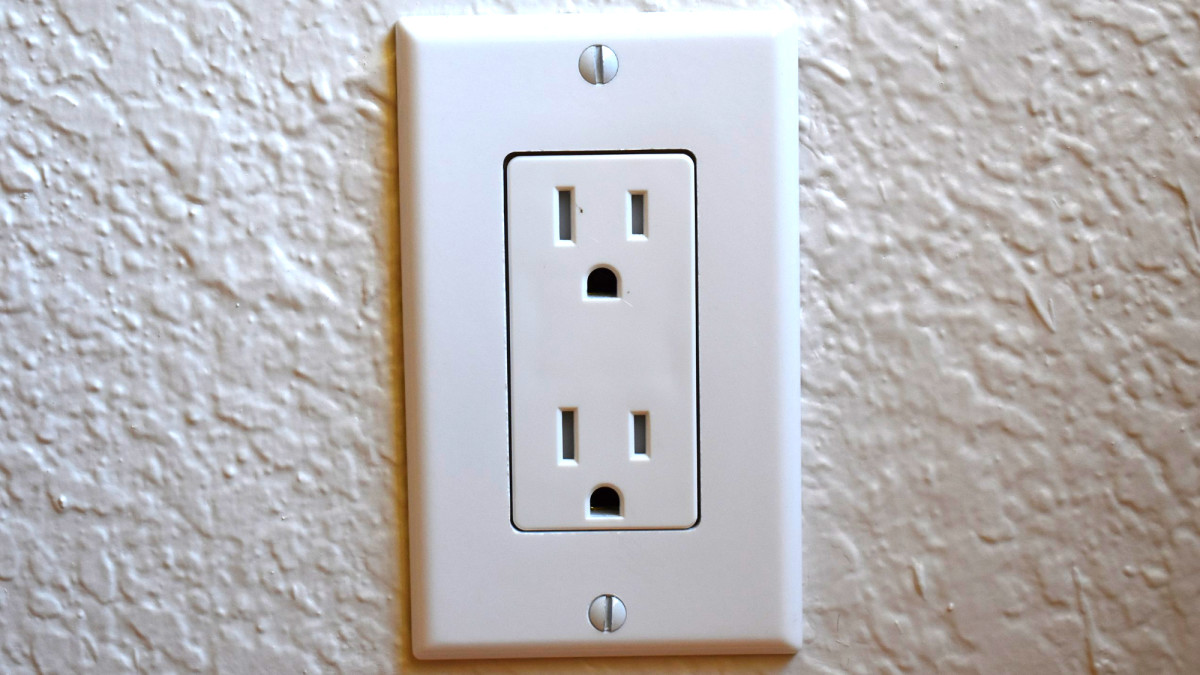Learn How to Tile a Bathroom Flow

Even if you have absolutely no prior knowledge or experience with tiling, you might be surprised at just how easy it is to do. And once you get started you are sure to find that you will be able to quicken your pace once you get a steady rhythm going. Read on for a brief guide on how to tile a bathroom.
You will first need to carefully plan the design of your bathroom to insure that is complements the overall style theme throughout your home. Carefully planning this out ahead of time will help you to insure that your bathroom essentially does not stick out like a sore thumb when compared to the rest of the design elements and atmosphere created by the other rooms in the house. This will help you to maintain a nice flow.
Regardless of whether you plan on doing bathroom wall tile or bathroom floor tile, you will need to consider whether or not you will need to do some light demolition and remove the existing wall or flooring materials. If the existing materials are still in good condition then you can most likely leave them and install your tile right over the top of them. However, if the existing materials are much older, warped or have suffered from water damage, then you will definitely want to completely remove them before installing the new tiles.
Once you have taken care of either removing or thoroughly cleaning the existing wall or floor surface, you can then move on to the actual installation. You can begin this process by laying down hardy back (also spelled or known as hardy board, hardi board, hardi back). This is a semi soft surface that is perfectly conducive for tile adhesives. After you do a test run so to speak by laying out your bathroom tile without any adhesives first will help you to make sure that you maintain a consistent pattern the whole way across your wall or floor. It will also help for you to mark out your path or at least a center line directly on the hardy back as a guide.
Now you can apply adhesive to each tile (do just one at a time to insure optimal drying conditions) and lay them down next to each other. After you have laid all of your bathroom tiles down you will then need to lay the grout in between each of your tiles (this can be purchased online or at your local hardware store). Make sure you give the tiles at least 24 hours to dry. And you may want to use an acid wash over the grout lines to insure smooth and consistent lines and surfaces.








